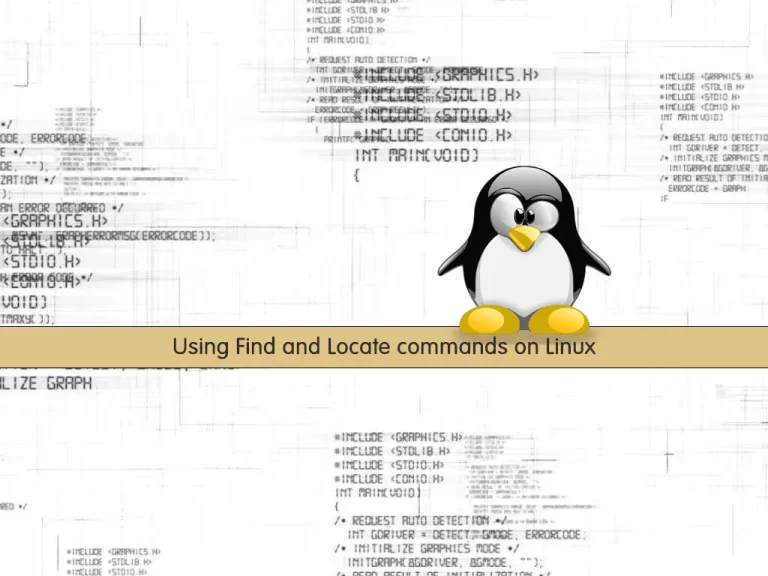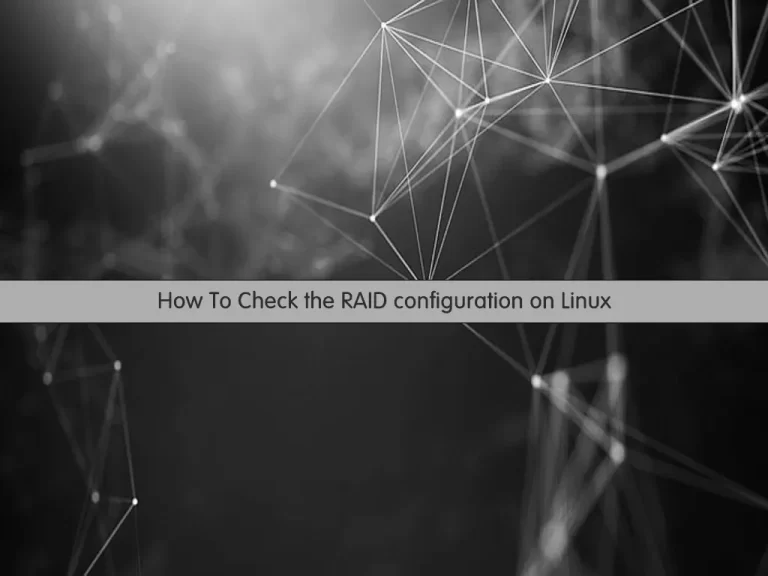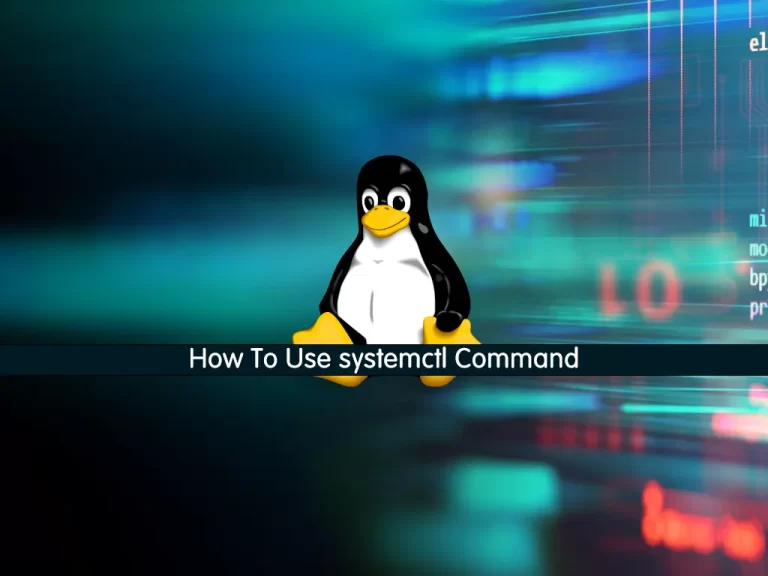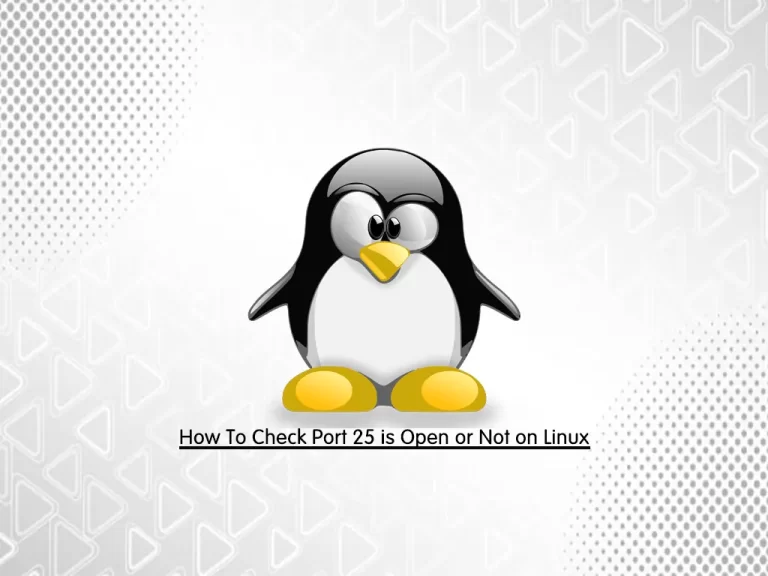How To Use ifconfig command on Linux

Using Find and Locate commands on Linux

Quickly and Efficiently Check RAID Configuration on Linux

How To Create a New Disk on Linux

How To Find Hard Disk Information on Linux

Efficient Steps to Find CPU Information on Centos 7

How To Use systemctl Command

How To Check Port 25 is Open or Not on Linux

How To Work with the Dig Command on Linux

How To Install and Configure Chrony in Linux

How To Troubleshoot DNS in Linux

How To Install and Use NMAP on Linux

Stay informed and not overwhelmed, subscribe now!
